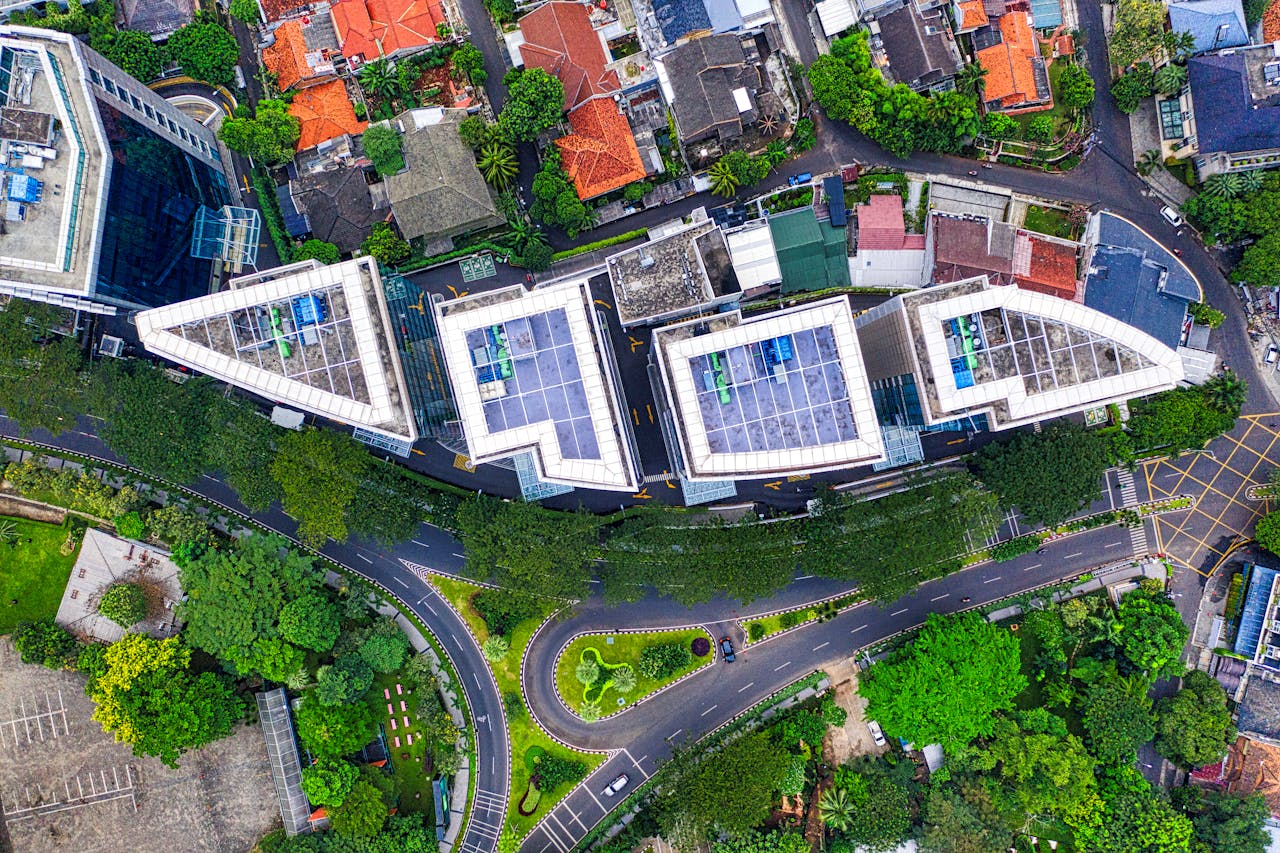Whether you live in a city or visit urban areas frequently, you may have noticed they feel much warmer than countryside locations. As many parts of the world experience more extreme urban heat, planning authorities need to evaluate options to bring measurable relief. How can these professionals achieve that goal with nature-based solutions?
Pursuing Strategic Tree-Planting Efforts
Anyone who has sought refuge under a huge tree on a hot day knows the cooling relief shade provides. City planners hoping to replicate this effect on a large scale must study numerous factors to get the best results in targeted locations.
A 2024 study upended the idea that planting trees causes meaningful cooling worldwide. While it can help, the people overseeing these projects must select the appropriate species, combinations and locations.
Researchers found introducing trees to urban locations lowered the peak monthly temperatures to below 78.8 degrees Fahrenheit in 83% of the 110 global cities or regions examined. Places with cool, dry climates experienced more dramatic temperature-reducing effects than humid ones.
Open urban layouts primarily featuring low-rise buildings also maximized the results, especially if planners selected a mixture of evergreen and deciduous trees of varying heights. That approach offers seasonal shading and sunlight.
The researchers also provided tree recommendations for urban areas featuring buildings on either side. Excessively high vegetation cover in these places may trap heat at the pedestrian level, particularly when trees are planted in compact zones within hot climates. Picking narrow species and adding them sparsely counteracts that effect.
These findings illustrate how people cannot plant trees with little thought and expect impressive results. Buildings absorb warmth and emit it again, contributing to a heat-island effect that can raise temperatures by as much as 20 degrees F during the hottest part of the day. Decision-makers should consider vegetation to alleviate this issue, while beautifying areas. Basing their methods on the study’s information may give them the best outcomes.
Combining Green Spaces With Other Cooling Options
Parties aiming to cool urban areas should prioritize diverse efforts rather than assuming they will get the desired results with a single improvement. Assessing individual environmental factors can give leaders more accurate perspectives.
In one 2024 example, researchers wondered whether a city’s humidity levels affected the overall heat reduction effects of green spaces. They attached sensors to bicycles and used them to assess 114 landscaped areas in 15 cities, measuring the temperature and humidity in each.
The data showed trees cooled the locations during the day, but increased humidity could reduce people’s perception of that change. Tree cover lowered both temperature and humidity at night due to decreased soil-level heat storage, with the most prominent effects in wet, intermediate climates.
The study’s co-author said the findings show humidity matters as much as an urban location’s temperature or amount of shade. They suggested potentially using green spaces along with other solutions to achieve the desired effects. This method could increase people’s comfort, even in humid climates.
Many industrial leaders know the importance of selecting cooling equipment to meet specific needs. For example, air-cooled chillers are compact units that can be installed on rooftops to save indoor space. People often modify or expand these installations as their requirements change. City planners can use a similar strategy by adding green roofs, water features or other natural elements to increase heat-moderating effects. Measuring the temperature and humidity before and after making these enhancements helps verify the results.
Understanding the Influence of the Surrounding Countryside
While targeting cities with nature-based methods may appear to be the solution to battling urban heat, findings published in 2024 by scientists in the United Kingdom and China show nearby rural areas also play an important cooling role.
The researchers examined twenty years of data, focusing on “rural belts” — the less-developed spaces bordering urban areas — around 30 Chinese cities. They discovered the most effective heat-mitigation measures included connecting countryside patches and incorporating fewer, larger bodies of water, instead of numerous smaller ones.
The group explained rising warm air in cities creates low-pressure layers near the ground. These layers pull cooler air from the rural belts, but the overall effectiveness depends on a city’s size and the extent of green land cover.
These results show collaboration between city and rural planning agencies could maximize cooling outcomes. The data also indicated outcomes are most powerful when an urban belt encompasses at least half a city’s diameter. This takeaway might influence future development projects, particularly as authorities seek effective methods to reduce extreme heat effects.
Careful Planning Achieves Meaningful Results
These real-life examples show how city officials can relieve you and other visitors or residents from stifling heat by choosing nature-centered methods. The results vary significantly based on factors such as tree height and species or the number of green spaces within cities. You can participate in these initiatives by staying aware of planned cooling efforts in urban locations near you and encouraging decision-makers to expand their natural temperature-management projects over time.
Source link
Jane Marsh biofriendlyplanet.com

